Dear friends, colleagues and those who have expressed an interest in the FOOD & CULTURE of Japan:
One of the most basic skills in a Japanese kitchen is the ability to make long, continuous, seemingly impossibly thin peels known as katsura muki. It typically takes months (if not years) of daily practice to master the technique.
桂剥き KATSURA MUKI
There are several explanations proffered regarding the curious name for this broad, thin peel cutting technique. One suggests that the bark of cinnamon trees (katsura 桂) is indeed removed with broad peels of a knife… and that the cutting technique resembling that was named katsura muki (muki means “remove”).
Another explanation involves a homonym. Instead of writing the word katsura as a tree (桂) it is written with the calligraphy for wig (鬘) … and cascading tresses are imagined to be long, broad, ribbon-like strips of vegetables such as daikon made by katsura muki cutting.
PROJECT Katsura Muki
What does it take to become proficient in making katsura muki? All sources I consulted — books and websites in Japanese and English, chefs and other practitioners, agreed the following three points are critically important:
- choice of knife (single-bevel wabōchō is best)
- condition of your knife (it MUST be sharp!)
- proper positioning of knife (and your hands/body)
For those who enjoy a challenge and would like to try making katsura muki peels, visit PROJECT Katsura Muki for a list of resources to help you. Of course, your willingness to practice, and persevere, is the key. GAMBATTE! (keep trying!)
Here, Chef Keisuke Kawamoto (a.k.a oiri_kitchen) practices his broad peeling. He is the record holder of the Guinness Book of Records this year for the longest, continuous katsura muki peel. How long? 15 meters and 11 centimeters!!!
A Taste of Culture
With regret, a pause in programming…
Early in September, I contracted shingles, a painful, viral disease that progressed to postherpetic neuralgia (PHN). I made the difficult decision to cancel all scheduled programs through year’s end.
During my recovery, I am focusing my energy on writing. My columns for The Japan Times and The Japanese Pantry will continue, as will this newsletter and additions to my website. These remain my connection to you, and to the interest in Japan’s culinary culture we share.
When I can resume in-person teaching I will gleefully announce it here. Until then, I encourage you to explore the many resources I offer on my website and books.
Regardless of where you reside, I hope you remain interested in Japan and its food culture.
Takikomi Gohan / 炊き込み ご飯
Takikomi gohan is a two-stage method of preparing rice. First, ingredients such as mushrooms, carrots, and gobōare briefly cooked to create a flavorful broth. The broth is then used in lieu of water to cook the rice.
Spinach Steeped in Broth / ほうれん草のお浸し
Leafy greens are briefly blanched, then placed in dashistock to cool. A garnish of toasted katsuo-bushi adds a smoky flavor.
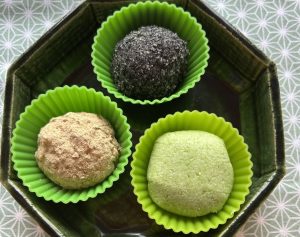
WASHOKU ESSENTIALSbi-monthly column in the Japan Times. Most recently about ohagi sweets to celebrate Shubun no Hi (Autumnal Equinox Day)
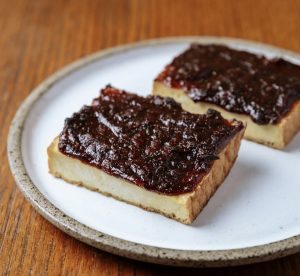
WASHOKU KITCHEN WISDOM essays & recipes are posted to The Japanese Pantry, an online store dedicated to making quality artisanal Japanese ingredients available to cooks in the United States. My latest contribution, Part Three, is Miso-Slathered Broiled Tofu Enjoy!

Episode 341 (Sept 10, 2024) is about the language used to describe food textures … mouthfeel is often the most challenging element when trying new foods.
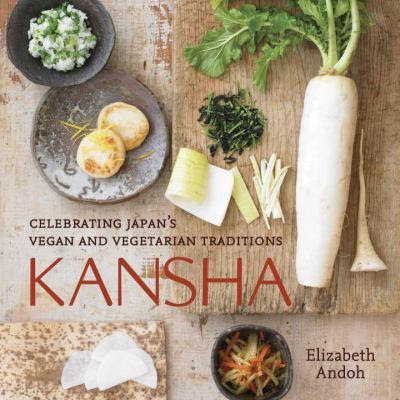
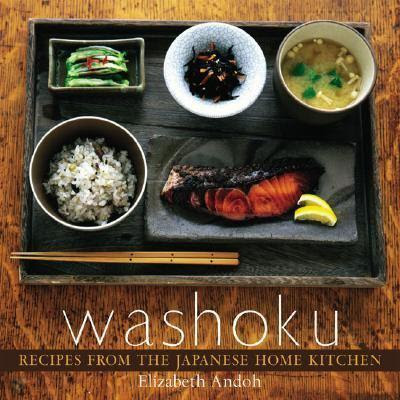
Prefer video-based learning? Join me on CRAFTSY
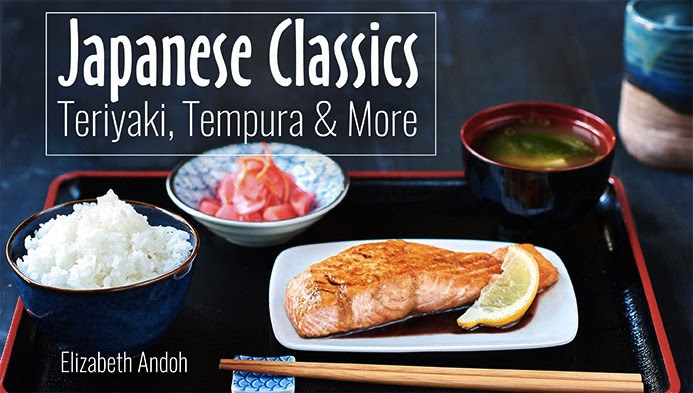


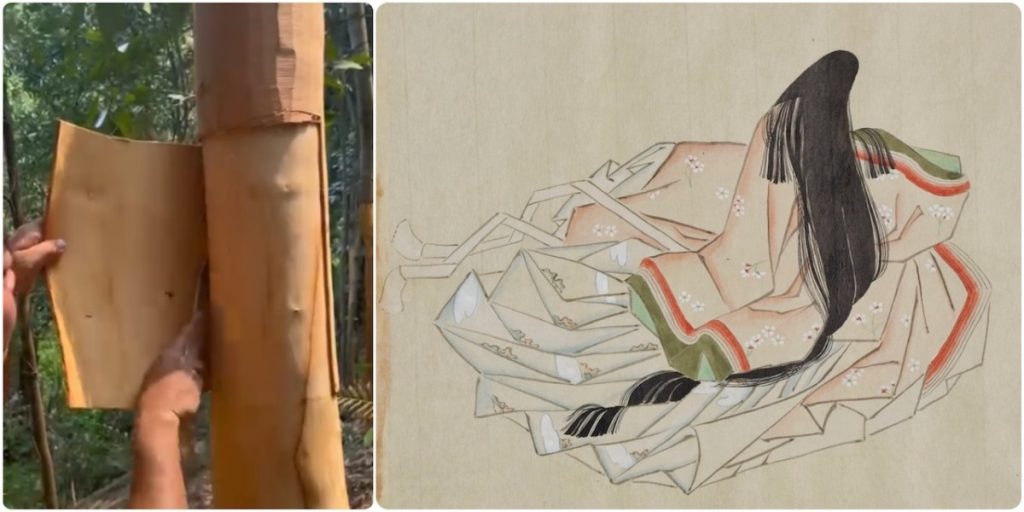
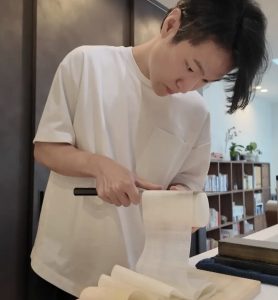

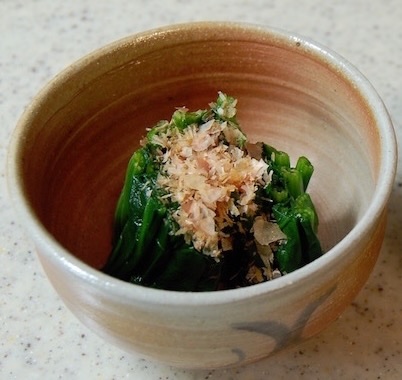
Comments